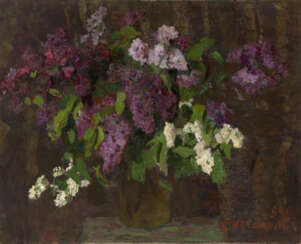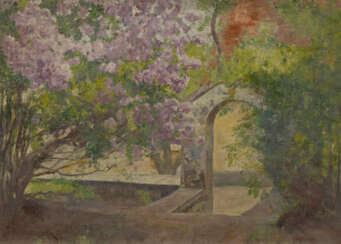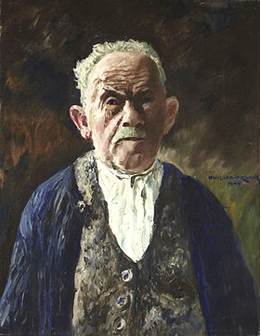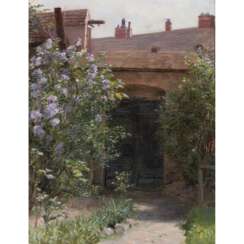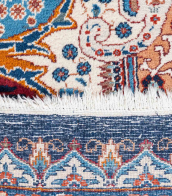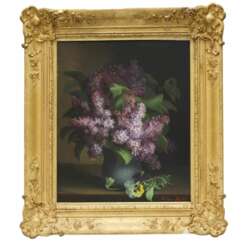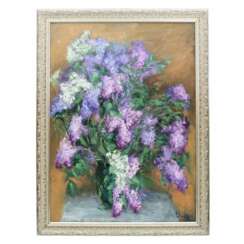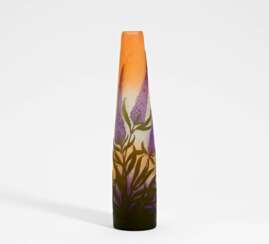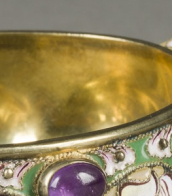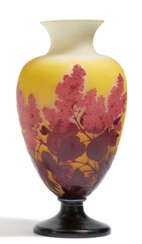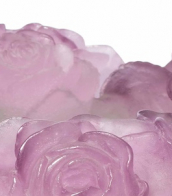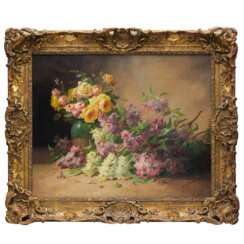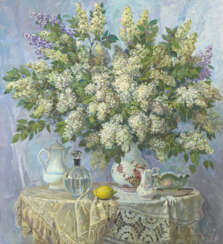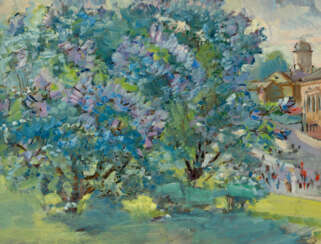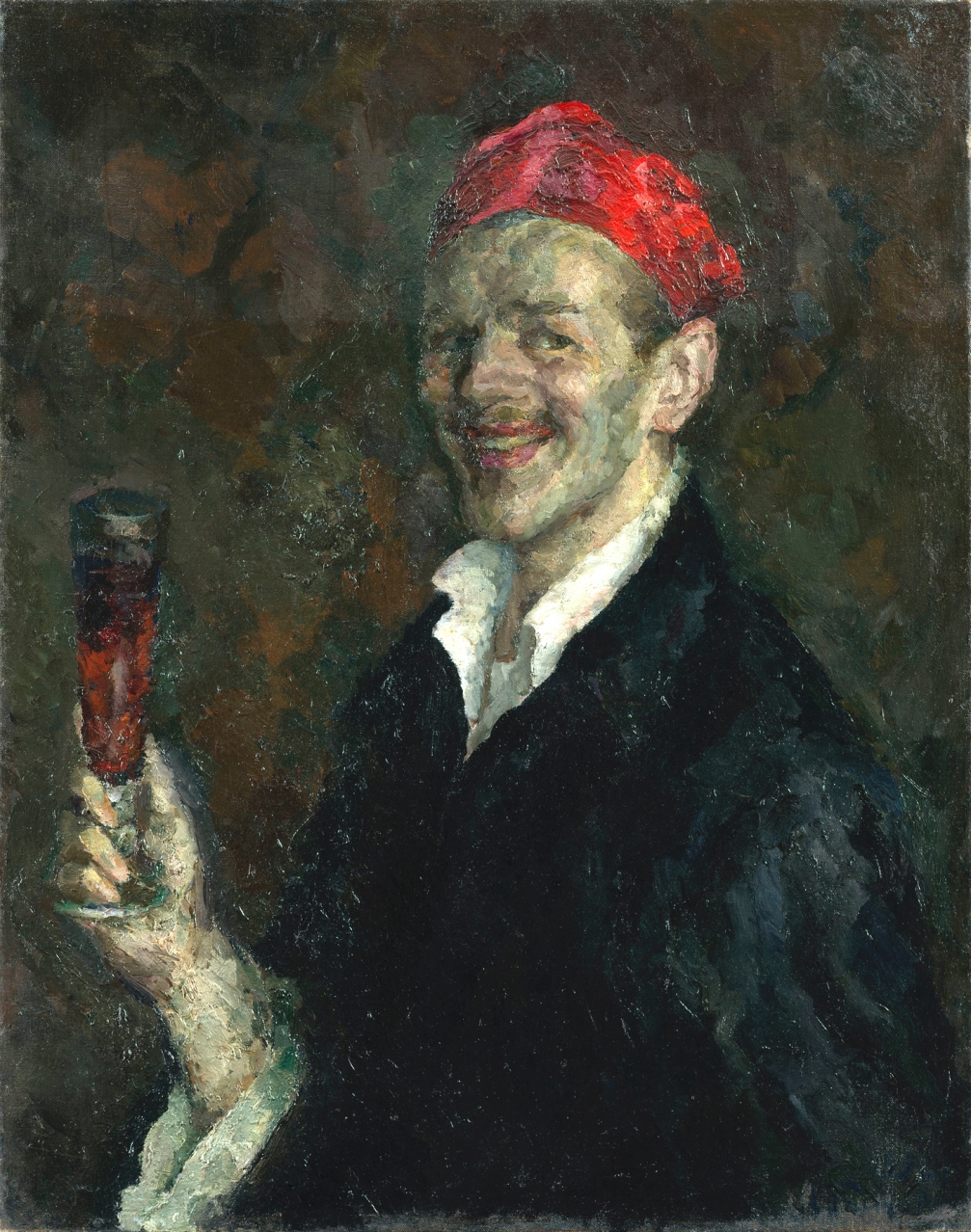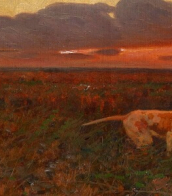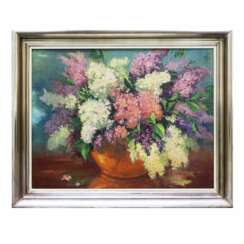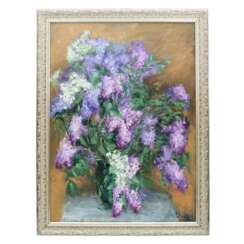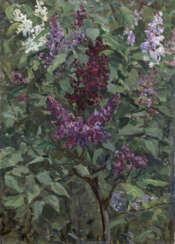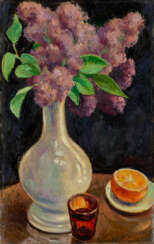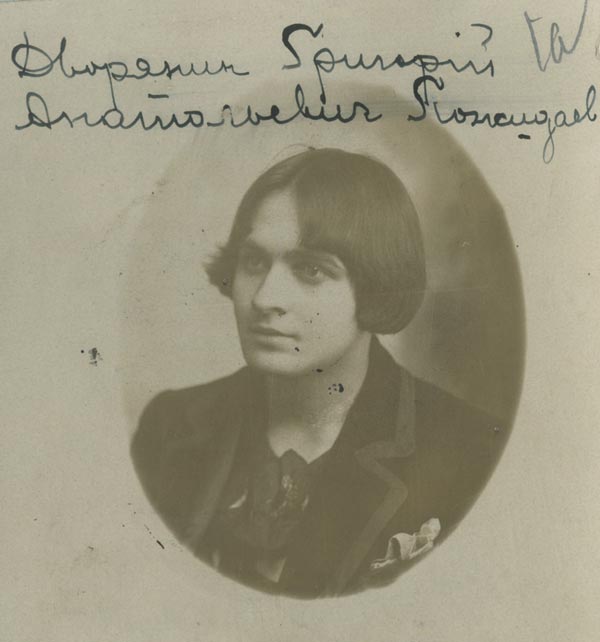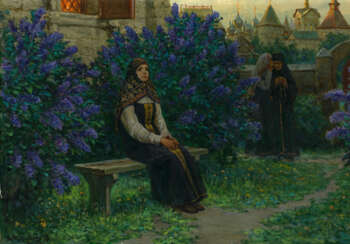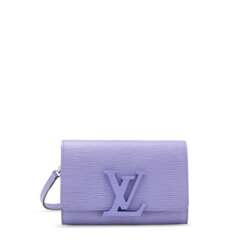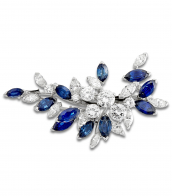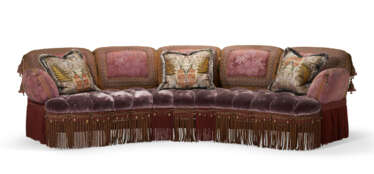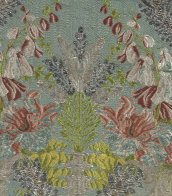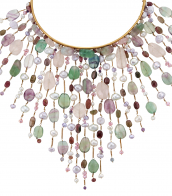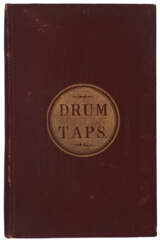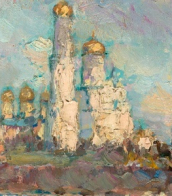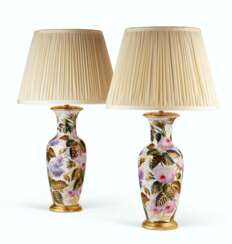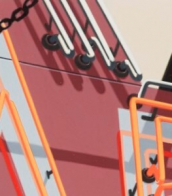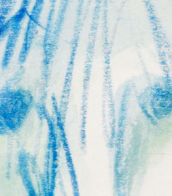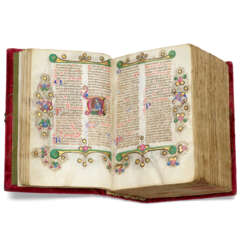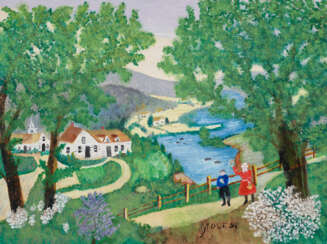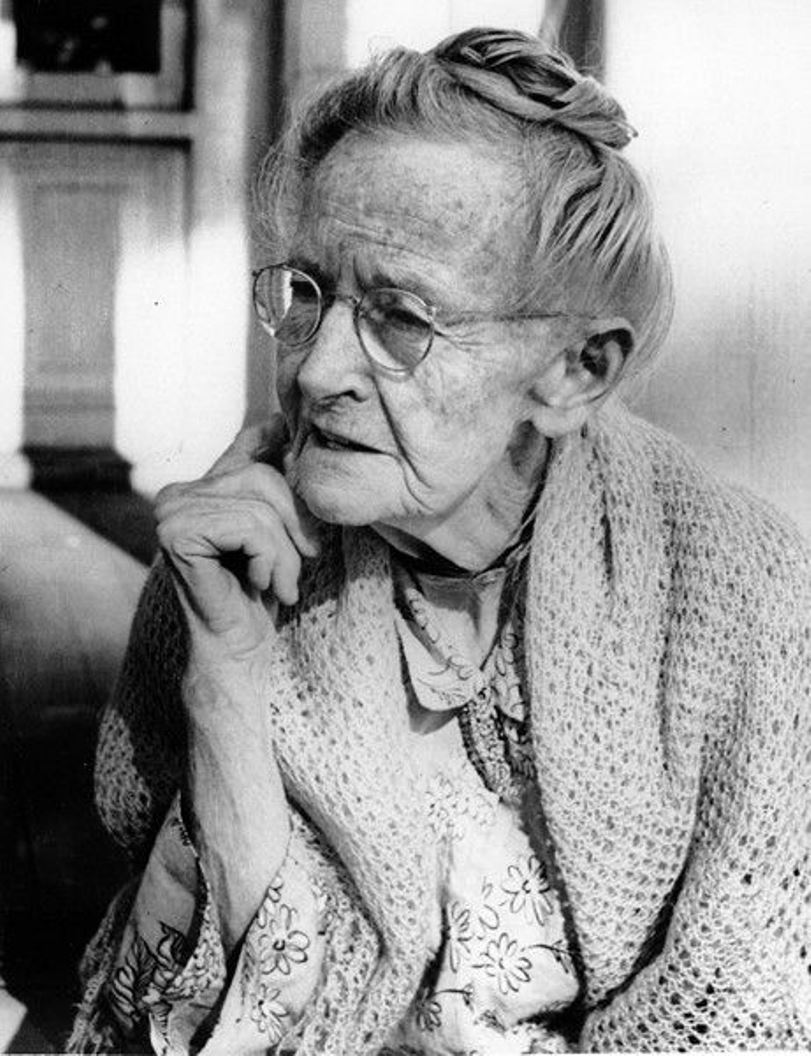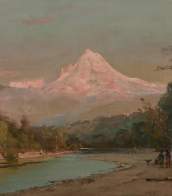lilacs
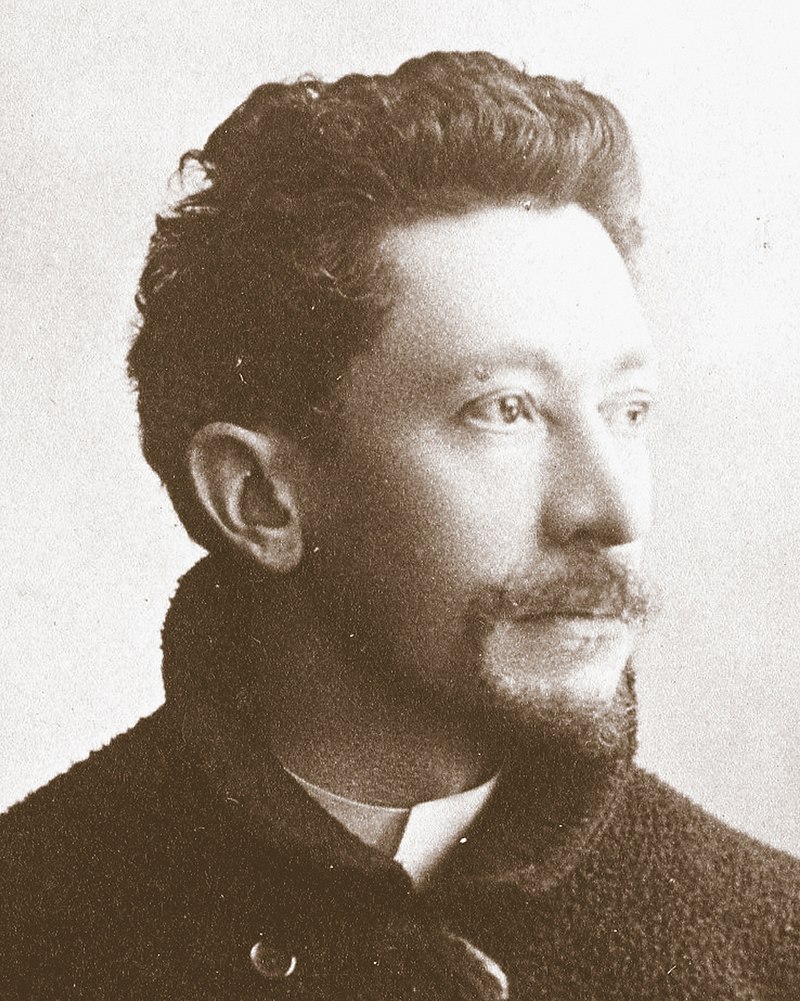
Emile Gallé was a French artist and designer who worked in glass, and is considered to be one of the major innovators in the French Art Nouveau movement. He was noted for his designs of Art Nouveau glass art and Art Nouveau furniture, and was a founder of the École de Nancy or Nancy School, a movement of design in the city of Nancy, France.
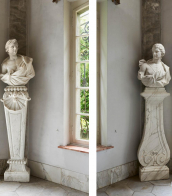

Emile Gallé was a French artist and designer who worked in glass, and is considered to be one of the major innovators in the French Art Nouveau movement. He was noted for his designs of Art Nouveau glass art and Art Nouveau furniture, and was a founder of the École de Nancy or Nancy School, a movement of design in the city of Nancy, France.
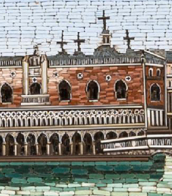

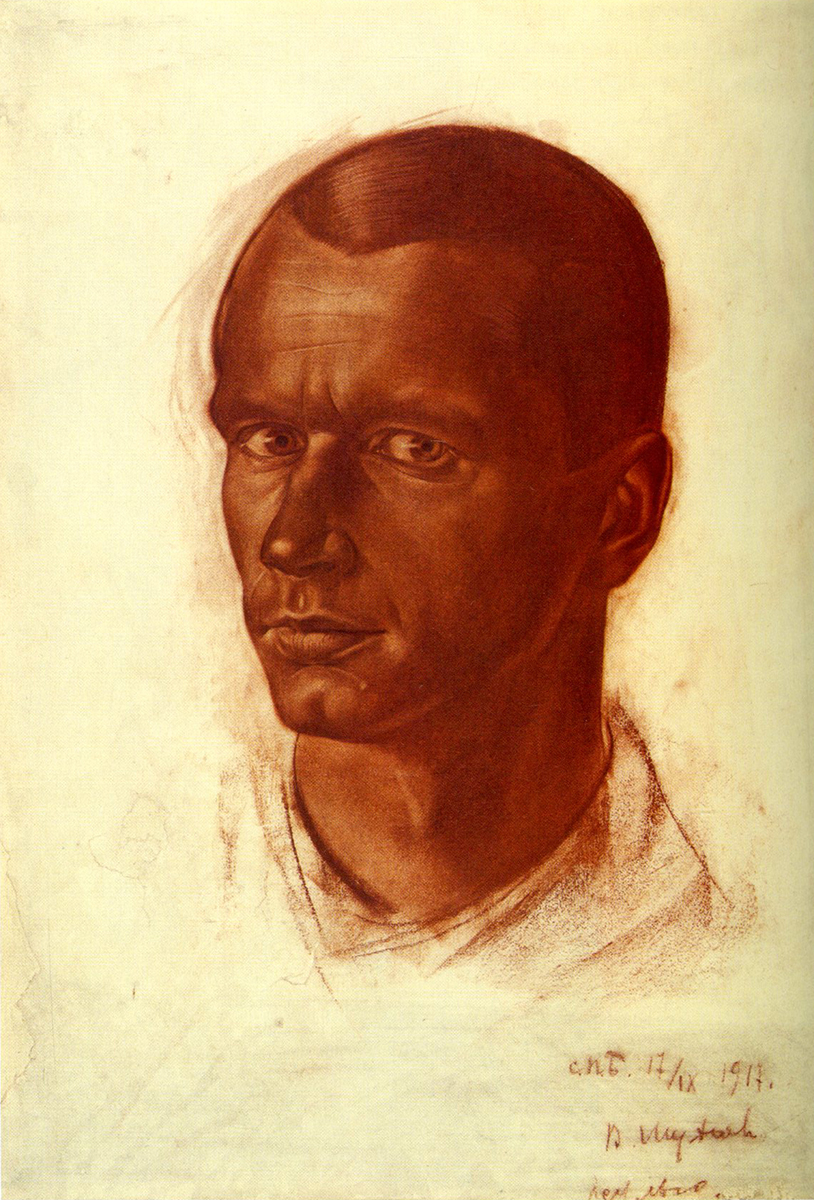
Vasily Ivanovich Shukhaev (Russian: Василий Иванович Шухаев) was a multifaceted Russian and Soviet artist, celebrated for his expertise as a painter, graphic artist, stage designer, and teacher. Born in Moscow in 1887, Shukhaev's artistic journey began at the Imperial Stroganov School of Industrial Art, where he was under the tutelage of prominent artists like K. A. Korovin and I. I. Nivinsky. His education continued at the St. Petersburg Academy of Arts, which paved the way for his diverse and influential career. Shukhaev's body of work is vast, encompassing hundreds of paintings, drawings, theater sketches, book illustrations, and monumental works, showcasing a deep engagement with genre paintings, still lifes, landscapes, and portraits.
Shukhaev's legacy includes a significant period of creativity and teaching in Paris in the early 20th century, after leaving Russia post-October Revolution. His Parisian phase was marked by innovative book illustrations for renowned literary works by Pushkin, Gogol, Dostoevsky, and others, demonstrating his unique ability to blend literary themes with visual artistry. Notably, his illustrations for Pushkin's "Queen of Spades" and "Boris Godunov" stood out for their stylistic nod to vintage prints and the emblematic use of symbols.
His art has been celebrated in various international exhibitions and is held in high regard by collectors and museums alike. Works such as "The Reigning Monarchs of the World" (1934), a group caricature published in Vanity Fair, reflect Shukhaev's versatile style and ability to capture the essence of his subjects with a mix of reverence and subtle critique.
For art collectors and enthusiasts interested in Russian and Soviet art, Vasily Ivanovich Shukhaev's oeuvre represents a bridge between classical traditions and modern artistic expressions. His work continues to captivate audiences with its historical depth, technical brilliance, and emotive power.
If you're keen on exploring more about Vasily Ivanovich Shukhaev's works or wish to stay updated on sales and auction events featuring his art, signing up for updates is a step towards immersing yourself in the rich tapestry of Russian art history.
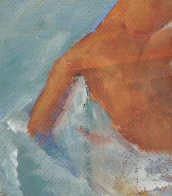
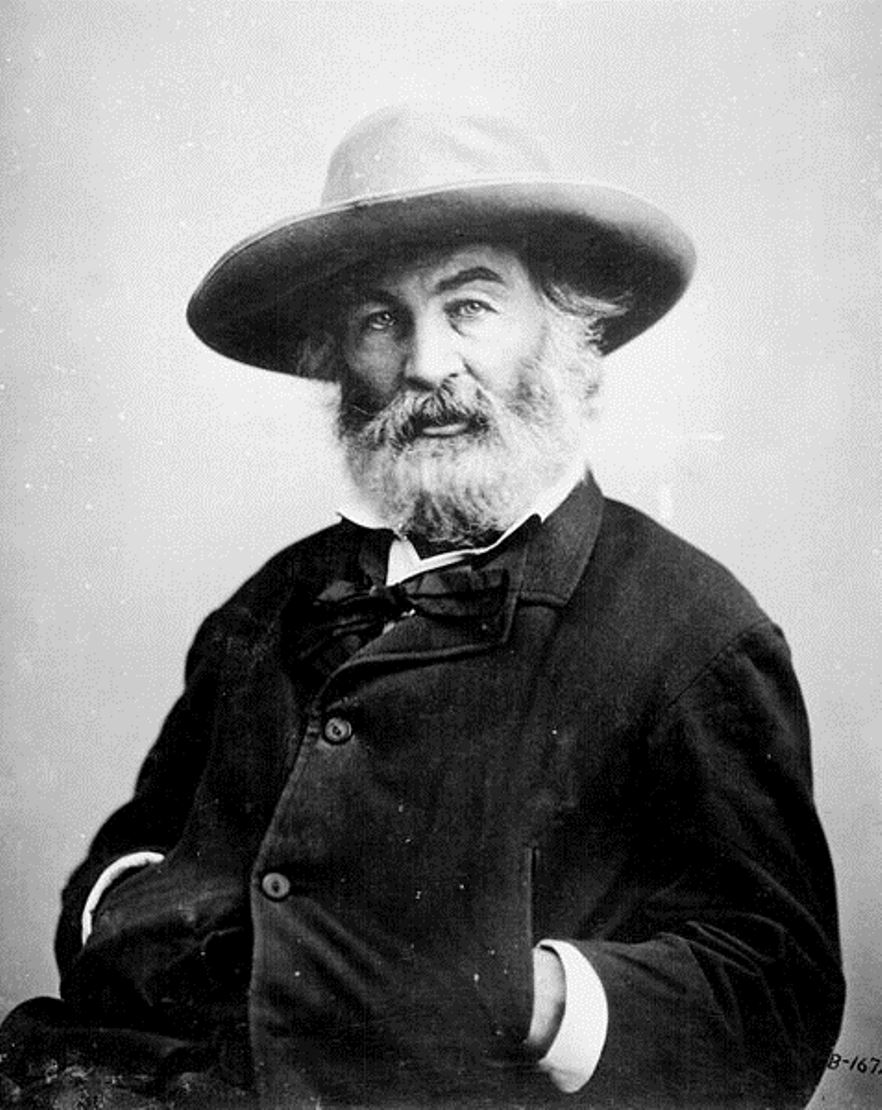
Walt Whitman was an American poet and essayist.
For some time in his youth Whitman worked as a journalist and even published his own newspaper, where he raised issues of slavery. In 1855, he self-published a collection of his poems, Leaves of Grass. This book is now a milestone in American literature, although at the time of publication it was considered highly controversial. In the early 1860s, Whitman volunteered in hospitals for the Civil War, resulting in a collection of new poems.
During his lifetime, his first collection, Leaves of Grass, underwent many editions and grew to 300 poems. It was only towards the end of his life that Whitman found fame as the first national poet of the United States. Whitman was translated into Russian by K. Balmont, I. Kashkin, and K. Chukovsky.


Anne Vallayer-Coster was a renowned French artist, celebrated for her exceptional still-life paintings that captivated 18th-century art enthusiasts, including the French Queen Marie Antoinette. Born into an artistic family in 1744, Vallayer-Coster's talent was evident early on, leading to her unanimous election into the prestigious Académie Royale at just 26 years old. Her works, characterized by their vibrant color, meticulous detail, and textural precision, often depicted bowls of fruit, game, shells, and flowers, showcasing the opulence of French aristocracy before the Revolution.
Vallayer-Coster's career was notable not only for her artistic achievements but also for her ability to navigate the male-dominated art world of her time. Despite the societal constraints on women artists, she gained the patronage of influential figures like Marie Antoinette and was one of the few women admitted to the Royal Academy of Painting and Sculpture. Her work received critical acclaim at the Salon, where she exhibited regularly from 1771 until 1817, and her still-lifes were praised for their sensuality, illusionistic perfection, and the rich, indulgent luxury they portrayed.
One of Vallayer-Coster's most ambitious works, Still Life with Flowers in an Alabaster Vase and Fruit (1783), exemplifies her unparalleled skill in capturing the soft textures of flowers and their harmonious arrangement. This masterpiece was hailed as such at the Salon of 1783 and is considered by Vallayer-Coster herself as her finest painting. Lost for nearly two centuries, it was recently rediscovered in an almost pristine state and is now part of the National Gallery of Art's collection, highlighting Vallayer-Coster's significant contributions to European art history.
Throughout her career, Vallayer-Coster produced more than 120 still lifes, always with a distinctive brilliance in color, earning her a place among the elite artists of her time. Despite facing challenges during the French Revolution due to her close association with the monarchy, she continued to exhibit her work and contribute to the art world until her death in 1818.
For collectors and experts in art and antiques, Anne Vallayer-Coster's legacy is a testament to her skill, resilience, and the impact of her work on the history of art. To stay updated on new product sales and auction events related to Anne Vallayer-Coster, sign up for updates that focus solely on this exceptional artist's contributions to the art world.

